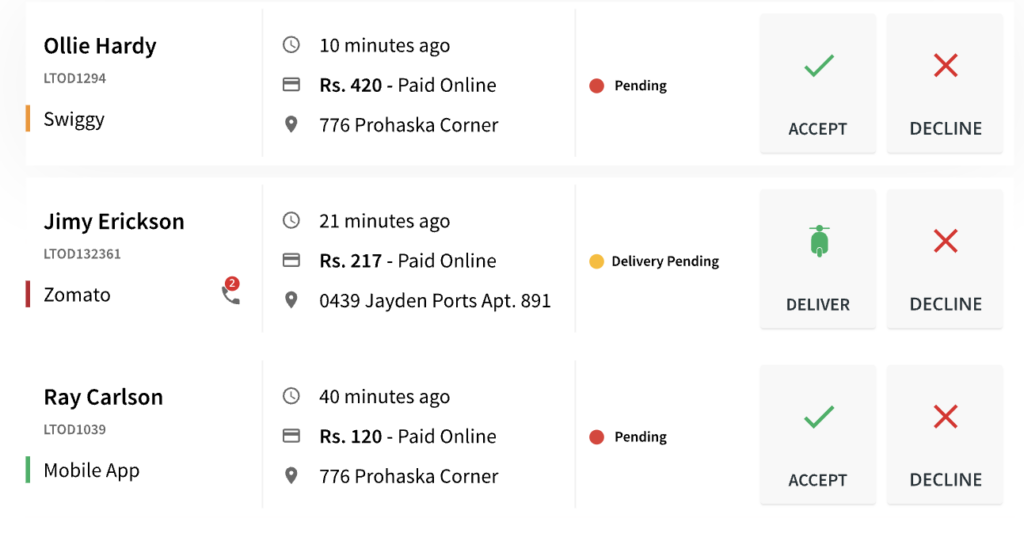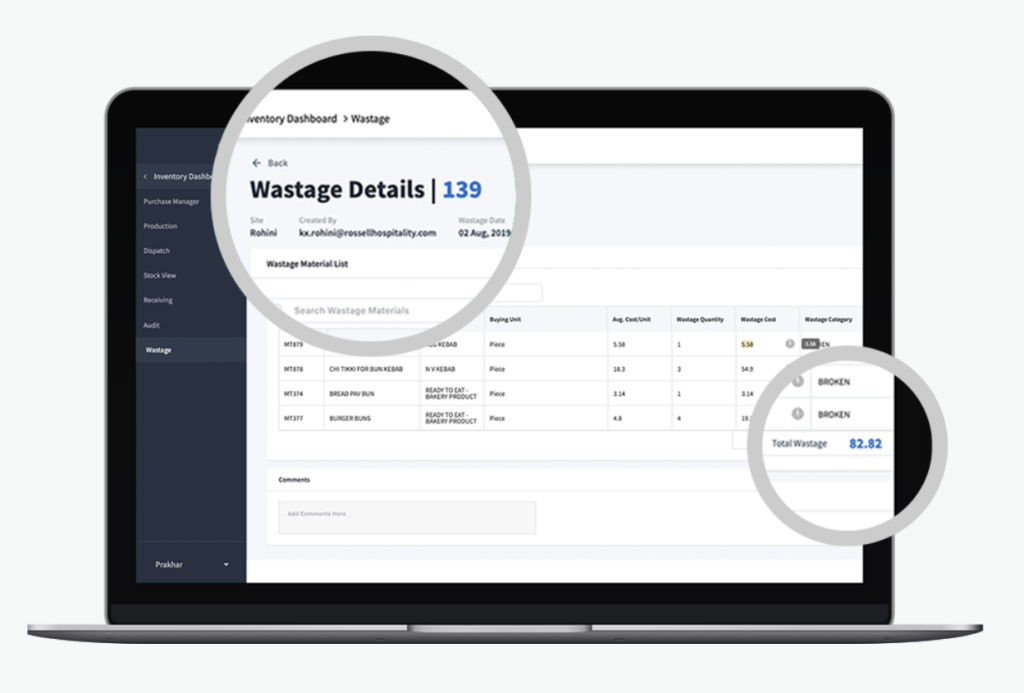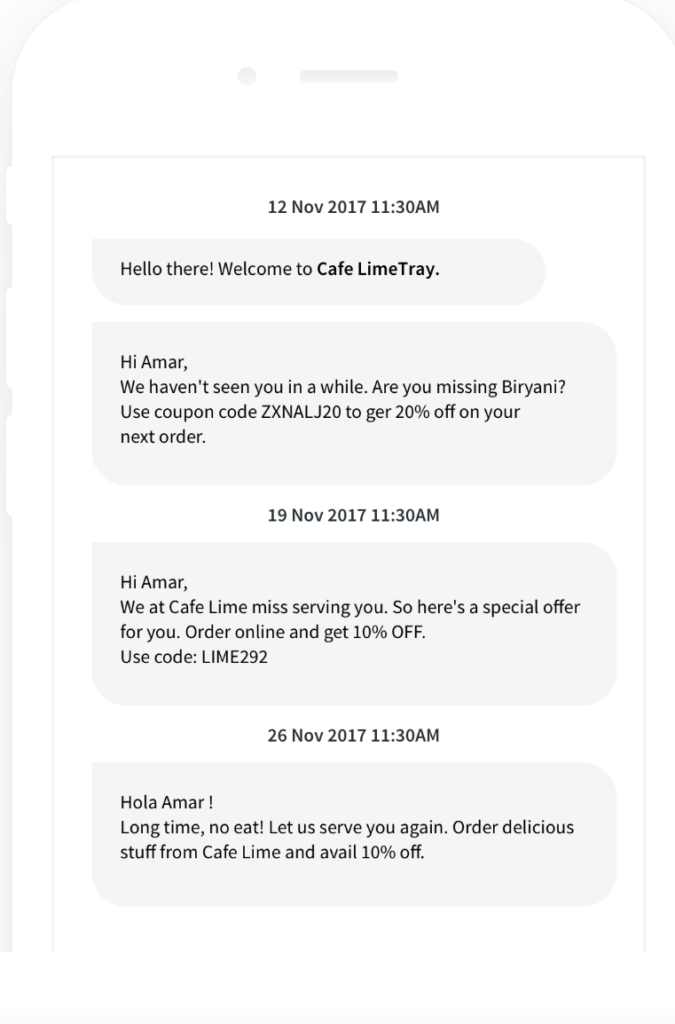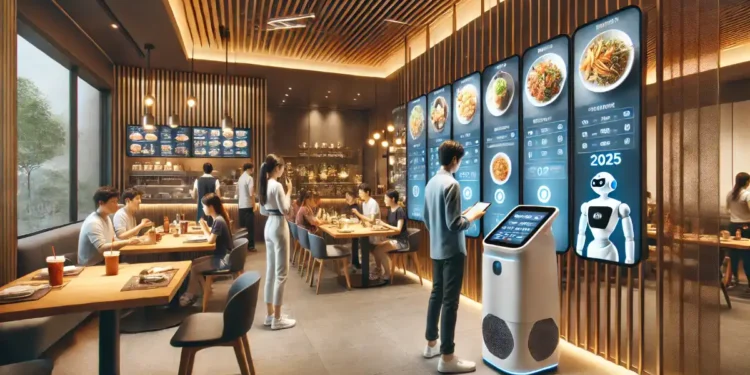The restaurant industry is evolving fast, and keeping up with the trends is no longer optional—it’s essential.
From offering faster services to achieving higher precision and improving customer satisfaction, automated ordering systems are revolutionizing restaurants.
With the online food delivery market expected to hit $1.85 trillion by 2029, there’s no better time to switch from traditional to automated systems.
The blog below examines the reasons to switch to automated ordering systems for restaurants, the key benefits, and how to transition smoothly.
What are Automated Ordering Systems for Restaurants?
Automated restaurant ordering systems function similarly to a personal digital assistant, easing the entire ordering process from beginning to end. Instead of waiting for a server to take your order, customers can simply place it through a touchscreen, mobile app, or self-service kiosk.
These systems are designed to speed up the ordering process, reduce human error, and give customers the freedom to customize their orders without feeling rushed.
It’s like having a waiter who’s always available, ready to serve up the menu whenever your customers are prepared to order.
They can automatically update inventory, send orders straight to the kitchen, and even track customer preferences to offer personalized recommendations.
The best part? They help drive sales by upselling items based on previous orders or popular dishes. It’s an all-in-one solution that takes the stress out of the ordering process for both your team and your customers.
Now that you know what these systems are, let’s explore why switching to an automated system could be a turning point for your restaurant’s operations.
Why Switch to an Automated Ordering System for Restaurants?
If you’re still using pen and paper or a manual order-taking process, you’re probably facing a few everyday struggles. Missed orders, slow service, and human errors are just a few of the issues that can cost you time and money.
As customers demand faster service, staying behind the curve could mean losing out on business. This is where an automated restaurant ordering system comes into play.
From the moment a customer places an order, this system handles it all—capturing the order, processing payments, and even alerting the kitchen of any adjustments.
The result? Faster service, fewer mistakes, and more satisfied customers. You’ll also notice an improvement in your staff’s productivity and morale since they won’t have to deal with complicated order management tasks.
Transitioning to an automated ordering system might sound daunting, but the truth is, it’s simpler than you think. And the benefits far outweigh any initial setup time.
With LimeTray’s automated order management, you can improve the entire ordering process, from order tracking to payment processing—all easily integrated. This reduces wait times, minimizes errors, and improves customer satisfaction.
Now, let’s look at the key benefits that make it a must-have for every restaurant.
5 Benefits of Automated Ordering Systems for Restaurants
Automated ordering systems are transforming the restaurant industry by streamlining operations, enhancing customer experiences, and boosting efficiency.
Here are some key benefits of adopting these systems, showcasing how they can help restaurants stay competitive in a fast-evolving market.
- Delivery management
One of the standout benefits of automated ordering systems for restaurants is the integration with delivery services.
With more customers preferring the convenience of delivery, having an integrated system like LimeTray that manages orders from platforms like Swiggy or Zomato is crucial.
These systems automatically send orders directly to the kitchen, reducing human error and speeding up the preparation process.

For delivery, the system can live-track the orders, so customers are updated on their food’s status, which positively impacts their overall experience.
Additionally, by automating delivery management, restaurants can manage multiple orders at once, reduce wait times, and optimize delivery routes, ultimately increasing order volume.
- Fewer Errors, More Accuracy
Have you ever had an order mix-up because of a misheard item or a misspelled note? We’ve all been there, and it’s frustrating for both the customer and your staff. Automated ordering systems for restaurants eliminate this problem entirely.
Since the order is placed directly into the system, there’s no room for human error. Orders are sent straight to the kitchen with the correct details—no confusion, no mistakes.
With LimeTray’s online food ordering system, customization is a breeze! With just a few clicks, customers can customize their meals by adding special requests or changing ingredients.
This system enriches their dining experience and makes every order exactly what they crave.

- Better Inventory Management and Cost Control
Managing your restaurant’s inventory manually can be a nightmare. With an automated ordering system for restaurants, you can easily keep track of what’s selling and what’s not.
The system automatically updates your inventory as orders are placed so that you’re always aware of stock levels and can prevent shortages before they happen.
On top of that, LimeTray’s inventory tracking helps with cost control. This system allows you to see which ingredients are most used and modify your orders with suppliers accordingly, minimizing waste and improving your buying choices.

- Better Customer Service and Customization
Customers today are all about convenience, and an automated ordering system for restaurants gives them just that.
With features like customized menus, special deals, and loyalty rewards built into the system, customers can browse, order, and even pay on their own terms.
Plus, the system remembers their preferences, making it easier for regular customers to reorder their favorite meals with a single click.
This kind of personalized experience makes customers feel valued and encourages repeat business, helping to build loyalty over time.
Supercharge your marketing efforts with LimeTray CRM’s marketing automation. As displayed in the screenshot below, you can automatically send targeted emails to new or dormant customers.
You can also re-engage them with personalized win-back campaigns and watch your repeat sales soar.

- Better Data and Insights
One of the hidden gems of automated ordering systems for restaurants is the valuable data they collect.
These systems track customer preferences, popular menu items, peak ordering times, and even payment methods, giving restaurant managers powerful insights into their business operations.
By analyzing this data, you can identify trends, optimize your menu, and make informed decisions about pricing, inventory management, and marketing.
This level of data-driven decision-making helps you stay ahead of the competition, improve profitability, and continually refine your restaurant’s strategy for long-term success.
It’s one thing to talk about the benefits, but it’s another to see the success in action. Watch this success story on how Zaroob transformed its customer retention with LimeTray’s online food ordering system.

With all these benefits in mind, you’re probably wondering how to make the switch—let’s look into the steps for transitioning to an automated ordering system.
Steps to Switching to Automated Ordering Systems
Making the shift to an automated ordering system for restaurants may feel like a big leap, but it’s easier than you might think. Here’s a step-by-step guide to make the process as smooth as possible.
Step 1. Choose the Right System
Not all restaurant ordering systems are created equal. So, take your time to find one that fits your specific needs.
Look for a system that integrates well with your existing restaurant POS, can handle multiple types of orders, and offers customization options for your menu.
LimeTray’s online food ordering system helps restaurants manage in-house orders, online platforms, and delivery services with ease.
Everything is accessible from a single platform, as illustrated below. This kind of integration can save you significant time and reduce confusion.

Step 2. Train Your Team for Success
While the automated ordering system for restaurants itself is easy to use, your staff will still need some training to achieve a smooth transition.
Offer them basic tutorials on how to use the system, how to handle customer inquiries, and how to troubleshoot minor issues. As your team becomes more accustomed to the new system, they will be able to adjust, and the transition will go more smoothly.
Step 3. Test and Optimize the System
Once your system is up and running, it’s important to test everything. Are the orders going through correctly? Are the payment options working? Is inventory being updated?
Conducting small tests ensures that everything is functioning as expected before fully rolling out the system to your customers.
You’ll also want to gather feedback from your staff and customers during this testing phase. What’s working well? What needs improvement? This feedback will be crucial in fine-tuning your system for maximum efficiency.
Step 4. Promote the New Ordering Experience
Once your automated ordering system for restaurants is up and running, let your customers know! Use social media, your website, or in-store signage to inform them about the new system.
Emphasize how simple ordering is and how it will expedite their experience. The more excited your customers are about the change, the smoother the adoption process will be.
Conclusion
The restaurant industry is evolving fast, and switching to an automated ordering system for restaurants is a step toward staying ahead of the curve.
With benefits like faster service, fewer errors, and a more rewarding customer experience, it’s clear that automation is no longer a luxury—it’s a necessity.
By adopting an automated ordering system, you’re investing in the future of your restaurant. It will position your restaurant as a tech-forward, customer-centric brand.
Ready to make the switch? Explore how LimeTray’s automated ordering system for restaurants works. It simplifies order processing, reduces wait times, and provides better customer satisfaction—all in one go.



